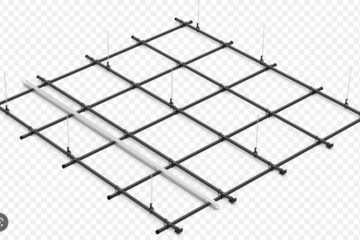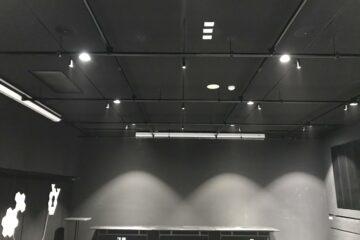Understanding Stage Rigging – Key Components and ConceptsA theatrical stage is far from a simple affair. In order to operate correctly, change scenery, close stage curtains and provide the audience with the optimal experience, stage rigging needs to be in place. There are numerous components of stage rigging with which you will need to be familiar. There are also different types of rigging systems.
Rigging Systems
Depending on the theatre in question and your production needs, you might use any of the following stage rigging systems:
- Hemp rigging (also known as hemp fly systems, rope line systems or rope systems)
- Counterweight stage rigging (these are the most common systems with performing arts theatres in the modern world, though rope systems are simpler)
- Double-purchase counterweight (these systems are used when there is limited fly space)
- Automated stage rigging (these systems use electrical winches rather than manual hoists to move line sets)
Components of Stage Rigging Systems
No matter what type of stage rigging system you have in place, it will be made of many different components. Understanding what these components are and what they do is very important.
Battens: Battens are steel structural components of the rigging system and are linear in nature. Live loads are attached to battens, such as lights and curtains. There are several types of battens in use, including the truss batten, the standard pipe batten, the electric batten, tab batten and the light ladder batten.
Lines: The term “lines” is used to refer to stage rigging components such as ropes or cables that are used to move loads via battens, blocks or pulleys. These are what make fly systems possible. You’ll find quite a few different types of lines, including operating lines (hard lines or purchase lines) and lift lines.
Line Control Solutions
Stage rigging lines need to have control options, and there are numerous ways this can be achieved depending on the load on the line and the line type. For instance, you’ll find belaying pins utilised to tie off lines. You will find knots used as line terminators (the half and clove hitch are both common knots used for line control). Rope locks are also used, though predominately in counterweight stage rigging systems. Swage fittings are used, as are cable clips and trim chains, turnbuckles and shackles.
Block Types
If you are using a line rigging system, blocks will be essential components. These are special pulleys that are used with operating lines. You’ll find loft blocks, head blocks, mule blocks and tension blocks in use with operating lines.
Hoists and Winches
All types of stage rigging systems need a way to move lines. Hoists and winches serve this purpose. Manual hoists are the most common and can be found in all types of stage rigging systems, but drum hoists are used in automated rigging systems. Line shaft hoists and point hoists are also used.



